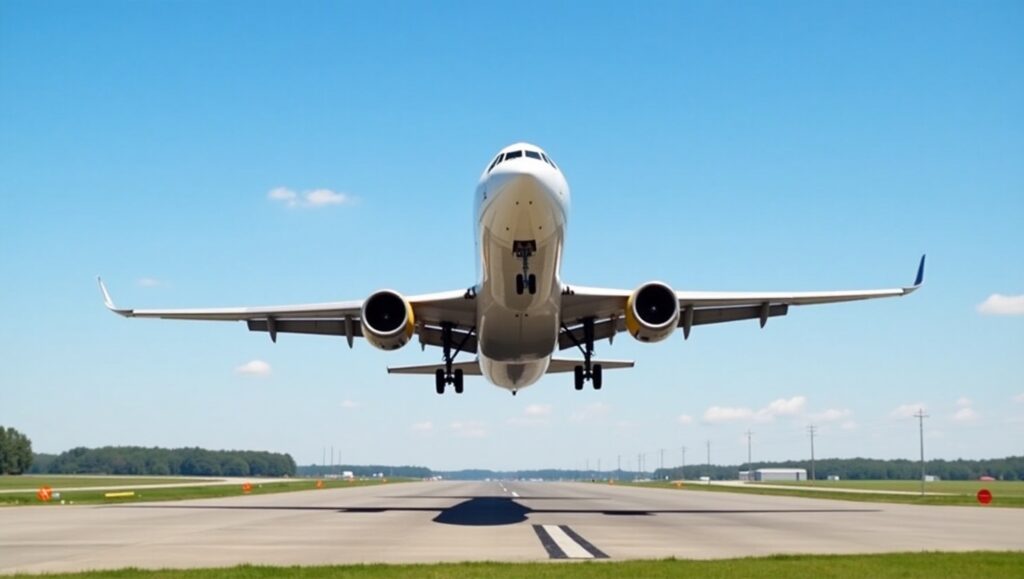Have you ever noticed that, just before landing, a plane sometimes ascends again and circles around the airport instead of touching down? This maneuver is called a “go-around,” and while it may feel unsettling, it’s actually a routine and crucial part of flight safety.
A go-around happens when the pilot decides that landing is no longer safe or ideal for any reason. Instead of forcing a landing, the aircraft circles and prepares for another attempt. According to the International Air Transport Association (IATA), go-arounds are essential for ensuring a safe and controlled landing. They happen in about 1 to 3% of all commercial landings, indicating that they are common procedures, not emergency responses.
Why Do Pilots Initiate a Go-Around?
There are several reasons why a pilot might choose to go around instead of landing:
- Unstable Approach For a safe landing, a plane must maintain the right speed, altitude, and descent rate. If any of these factors are off as the plane approaches the runway, the pilot may decide to initiate a go-around rather than attempt a tricky or unsafe landing.
- Runway Obstruction Sometimes, there could be something unexpected on the runway—another aircraft, a vehicle, or debris. In such cases, a go-around prevents potential collisions or accidents during landing.
- Weather Conditions Sudden weather changes, like heavy rain, strong crosswinds, or low visibility, can make landing risky. In places like Kathmandu’s Tribhuvan International Airport, where weather can change quickly due to the surrounding hills, go-arounds are fairly common.
- Air Traffic Control Instructions Air traffic control is busy managing multiple aircraft at once. If there’s congestion or if the runway hasn’t been cleared after a previous landing, air traffic controllers may instruct the pilot to go around until it’s safe to land.
- Technical Issues If a pilot detects a technical issue, such as an indicator malfunction or a problem with the landing gear, they may choose to go around in order to troubleshoot and resolve the issue before trying another landing attempt.
Go-Arounds in Nepal’s Skies
Nepal’s challenging topography, especially at high-altitude airports, adds complexity to flying. Pilots flying in Nepal are specially trained for these unique conditions, including how to execute a go-around safely. The Civil Aviation Authority of Nepal (CAAN) continuously works to improve navigational systems and flight approaches to enhance safety. Buddha Air, Nepal’s leading domestic airline, ensures all its pilots receive thorough training in go-around procedures.
It’s important to remember that a go-around is not a failure—it’s a precautionary measure. It simply means the pilot is choosing to prioritize safety above all else.
What Happens After a Go-Around?
When a go-around is initiated, the aircraft climbs back to a safe altitude and waits for further instructions from air traffic control. The pilot then reassesses the situation and prepares for another landing attempt. This process usually only adds a few extra minutes to the flight.
While a go-around might feel unsettling to passengers, it’s important to understand that this maneuver is a normal part of aviation. It’s a safety measure that ensures a smooth and safe landing. As technology advances, automated systems further assist pilots in making accurate go-around decisions, enhancing the safety of every landing.
So, the next time your flight takes off again just before landing, remember—it’s a necessary and safe step that ensures you reach your destination securely.

